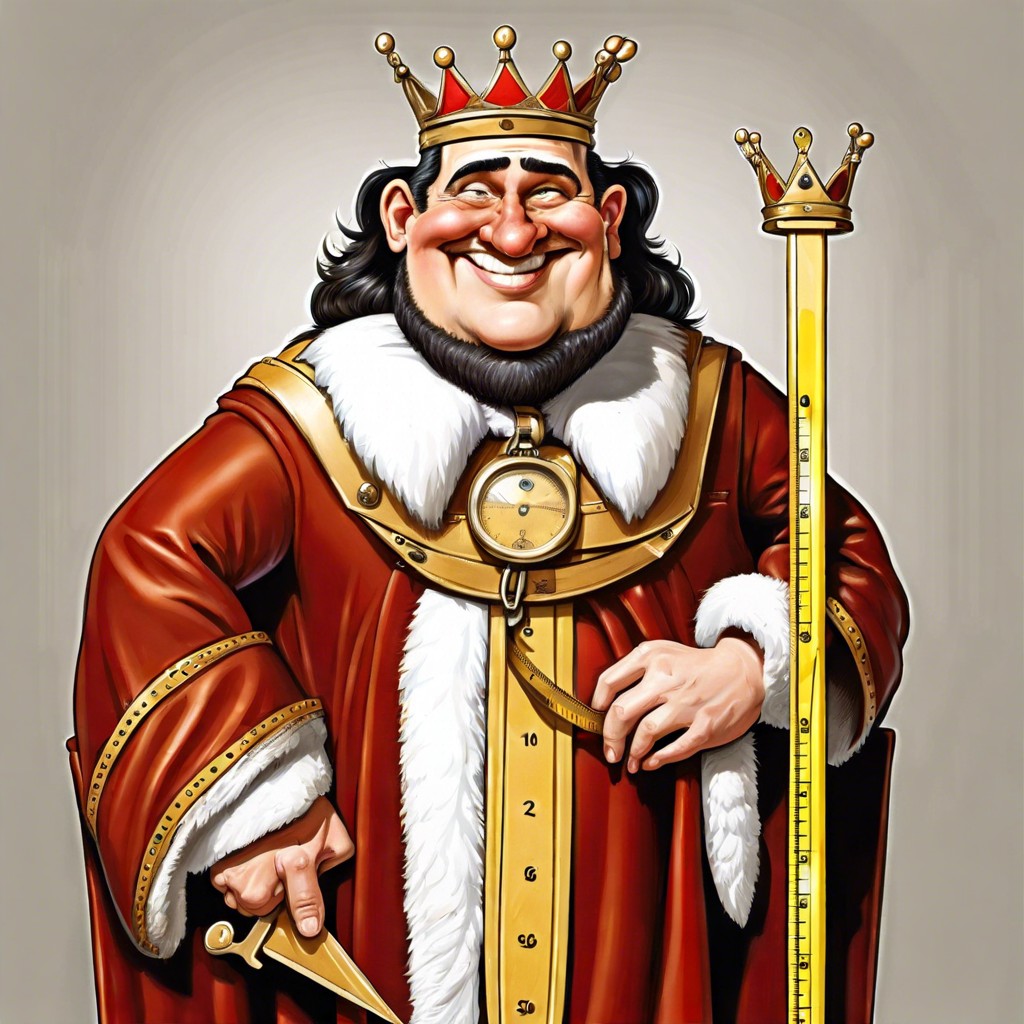Wondering how big a carat is? Discover the size and significance of this gem measurement and how it affects your jewelry choices.
Key takeaways:
- Carat is a unit of weight for precious gems.
- Carat affects the value and dazzle factor of a gem.
- Carat weight does not always determine diamond size.
- The cut of a diamond can make it appear larger or smaller.
- Larger diamonds are rarer and more expensive due to supply and demand.
Understanding Carat As a Unit of Measure
A carat is a magical little unit used to measure the weight of precious gems, not to be mistaken with that orange veggie your mom always told you to eat. One carat is equivalent to 200 milligrams. Sounds simple, right?
Think of a carat as a tiny weighty wizard determining the heft of a diamond. The heavier the rock, the higher the carat number. It’s like giving your diamond a scorecard for weightlifting.
Carat is crucial because it impacts not just the value but also the dazzle factor of your gem. But don’t be fooled – a larger carat doesn’t always mean a bigger diamond; it just means it’s heftier. Sometimes, like that sneaky sock that disappears in the laundry, a diamond can mask its true size.
And here’s a fun twist – carat weight doesn’t grow on a straight line when it comes to price. Two half-carat diamonds together are worth less than a single one-carat gem. The bigger, the rarer, the pricier. It’s like trying to find a needle in a haystack, only the needle sparkles and eats up your savings.
Carat Weight and Diamond Size
Picture a diamond as the star of the show, and its carat weight as the ticket price. The heavier and larger the stone, the higher its ticket price. But it’s not just about weight; it’s about how that weight affects what you see.
- Visual Impact: A one-carat diamond can look dramatically different depending on its cut. Imagine two ballerinas: one uses every ounce of grace to seem bigger than she is, while the other dances with heavy feet. The well-cut diamond is the graceful ballerina, appearing larger and more brilliant.
- Size Perception: Carat weight is a measure of mass, not size. Two diamonds of equal weight might have different diameters due to cut variations. A deeper cut can make the diamond appear smaller, like a cake that’s mostly frosting.
- Surface Area: The term “spread” refers to the diamond’s top view, where all the sparkle happens. A diamond with a good spread maximizes the visible surface area, making the diamond seem more substantial, like a generous dollop of whipped cream on a dessert.
Understanding these nuances helps you see beyond the simple number and appreciate the artistry involved. Remember, bigger isn’t always better if it loses its sparkle or lacks that wow factor.
Impact of Diamond Size On Price
Diamonds: the sparkling currency of love, Hollywood, and Instagram proposals. But why does one sparkler cost more than a mid-sized sedan while another is just a stylish dinner out?
First, carat weight isn’t the only player in the price game. Two diamonds of the same size can have drastically different price tags, depending on factors like cut, clarity, and color. Yet, the bigger the rock, the higher the bill. Why? Supply and demand; larger diamonds are rare, which means they’re more coveted and more costly.
Imagine you’re at a candy store. You pay more for a giant chocolate bar than for a handful of bite-sized pieces. That’s because larger diamonds—like the giant bar—require more material, skill, and luck to produce.
Plus, that “wow” factor. Bigger diamonds grab more oohs and ahhs, making them highly desirable. And in the world of bling, desire equals dollars.
So, next time you’re dreaming about diamonds, remember: size matters, but it’s only part of the glittery equation.




